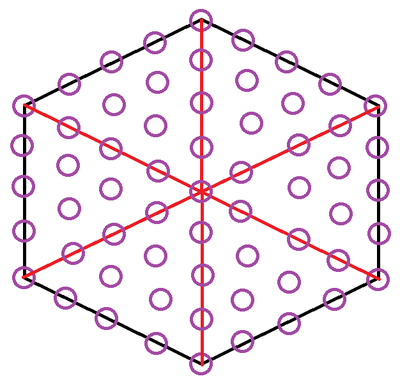Journey: Exploration Stream
This is going to be a relatively stream of consciousness page. I'm basically going to throw everything at the wall, here, and see what sticks.
This will be divided by date of thought, not by topic. It will undoubtedly take some time to sift through this page to arrive at a functional system, but at this point, writing needs to occur. We can't keep dancing around this topic forever, at some point we have to put concept to paper and try something.
So... here we go.
Contents
April 11, 2013
Exploration really comes down to two broad categories, macro and micro.
Macro
Macro exploration is generally overland travel. This is not dealing with particular hazards or obstacles, this is the literal travel between and within hexes. Macro exploration mechanics need to focus on getting lost, recognizing landmarks, following trails, dealing with weather, rations, breaks, sleeping, exposure, sustained encumbrance, and similar effects. This is the getting from point A to point B, where A is town and B is the dungeon.
This is generally solely the purview of the explorer role. The party as a whole has stats for dealing with exploration on this scale, which the explorer can modify through specials. Otherwise, it becomes a "whoever has the highest:" thus, whoever has the highest navigation stat sets the party's navigation position, and so on.
Alternatively, using exploration "sub-roles" - such as guide and what-not (see TOR) - may help define the party's stats.
This is the place where the concept of hex, zone, node, and room live.
Micro
Micro exploration is dealing with immediate exploration hazards. This includes climbing, locked doors, chasms, rivers, rickety bridges, traps, and similar.
Micro deals explicitly with individual characters. If you need to cross a river, the explorer being good at this sort of thing does not help the lorist in any way shape or form. In essence, everyone needs to confront the obstacle and resolve it.
In essence, the encounter has hit points relative to each party member, and each person in the group must reduce the encounter's hit points - relative to them - to pass the encounter. When all members have "defeated" the encounter, the encounter is done.
Rooms are always micro exploration, but are generated at the macro level.
Node
Nodes are static in that a hex always have X number of them. Standard node layout is depicted at right.
Nodes are used to mechanize direction. When a party says "we head south," take their current node, and find the nearest node south. That is the direction they head.
Room generation then follows as normal dependent upon hex properties and zone layout.
